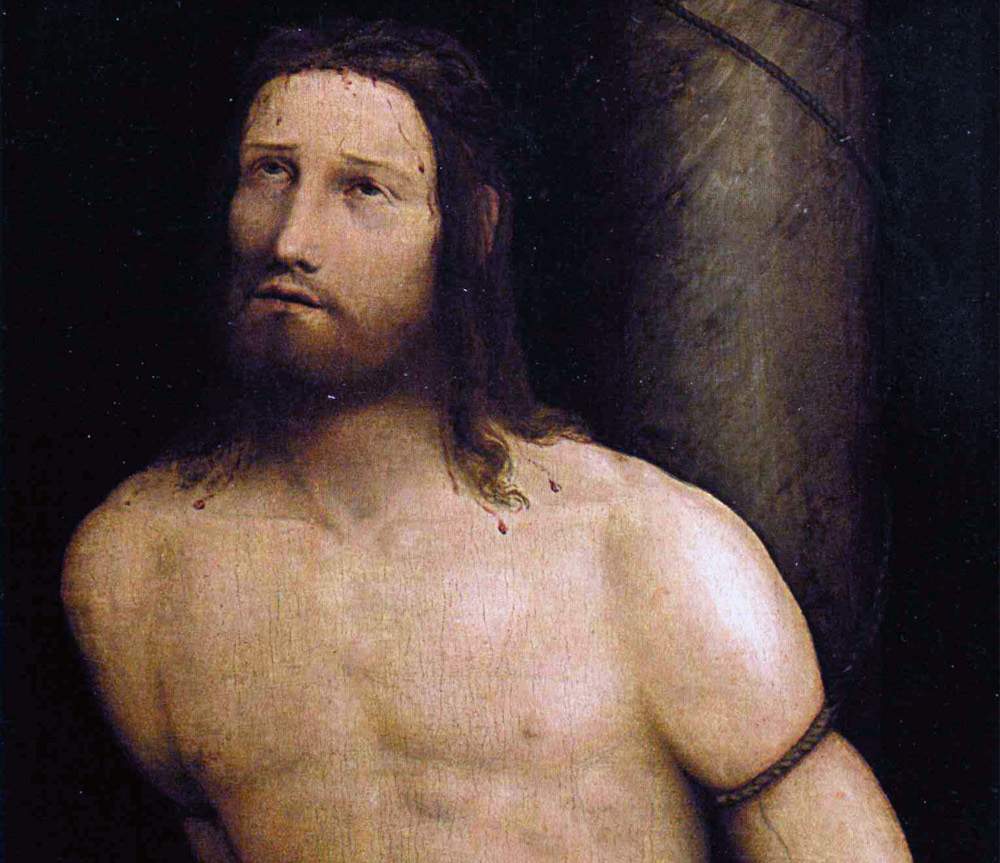Mantua’s Ducal Palace reopens the Freddi Collection to the public, once again open to visitors at the Castle of San Giorgio. Mantuan entrepreneur Romano Freddi ’s collection has been on “loan for use” at Mantua’s Ducal Palace since 2015. A display at the Castle of San Giorgio was planned at that time for the public to see the most significant works. Recently closed for a short time, after some work to reorganize the museum’s halls and collections, the section of the museum itinerary reopened to allow visitors to once again admire the masterpieces on display.
Romano Freddi was born on March 18, 1929. He began acquiring works of art around the 1970s. It was from the early 1990s that his collection took on a form and structure of its own, thanks to the addition of several masterpieces, including the Giotto fresco with the Mystic Marriage of St. Catherine and a fragment of Rubens’ Holy Trinity altarpiece. His passion for the Mantuan Renaissance and for the more or less well-known aspects of this era led him to acquire works of the most varied types, including tapestries, plates, inkwells, bronzes, and furniture.
The new itinerary of the Freddi collection has some minor changes from the one in 2015. The Mystic Marriage of Saint Catherine and the fragments of frescoes torn in the 19th century from the Bonacolsi Chapel are moved to the Guastalla Chapel in Corte Vecchia, thus finding their more organic contextualization within the narrative of medieval Mantua, in relation to the other pieces in the Ducal Palace collections.
Leaving the Bridal Chamber, the public will be able to continue their journey in the Middle Room, which houses sculptures, majolica and paintings, as well as two precious jewel cases, small caskets decorated with a repertoire of mythological and classical subjects, mainly Roman. The next room, Sala delle Cappe, displays the precious panel by Luca da Faenza and Luca Fiammingo based on a drawing by Giulio Romano entitled Jupiter, Neptune and Pluto share the three kingdoms, Christ at the Column by an unknown painter of the Romagna school but already referred to Lorenzo Costa, and precious specimens from the majolica collection, including also an historiated plate by the Master of Zenobia.
From here one can continue on the balcony in the castle courtyard and descend back to the ground floor to continue the tour in Corte Nuova.
“The route,” points out Ducal Palace director Stefano L’Occaso, “allows visitors to appreciate and learn about a valuable collection of Renaissance materials, which Romano and Raimonda Freddi wanted to set aside for public use. In coherence, the adjoining Hall of Arms will soon be able to reopen with coins, plaques, objects of Renaissance use, and also with Giulio Romano’s precious tapestry, woven by Nicolas Karcher, recently acquired.”
“As a friend of Romano and Raimonda Freddi and now president of the Foundation that bears their name,” adds Enzo Tonghini, “I extend heartfelt thanks to the staff of the Ducal Palace for the valuable opportunity to host and make visible to the community an important part of the Foundation’s works.”
Pictured is Christ at the Column from the Freddi Collection, detail.
 |
| The Freddi Collection at the Ducal Palace in Mantua on view again |
Warning: the translation into English of the original Italian article was created using automatic tools. We undertake to review all articles, but we do not guarantee the total absence of inaccuracies in the translation due to the program. You can find the original by clicking on the ITA button. If you find any mistake,please contact us.